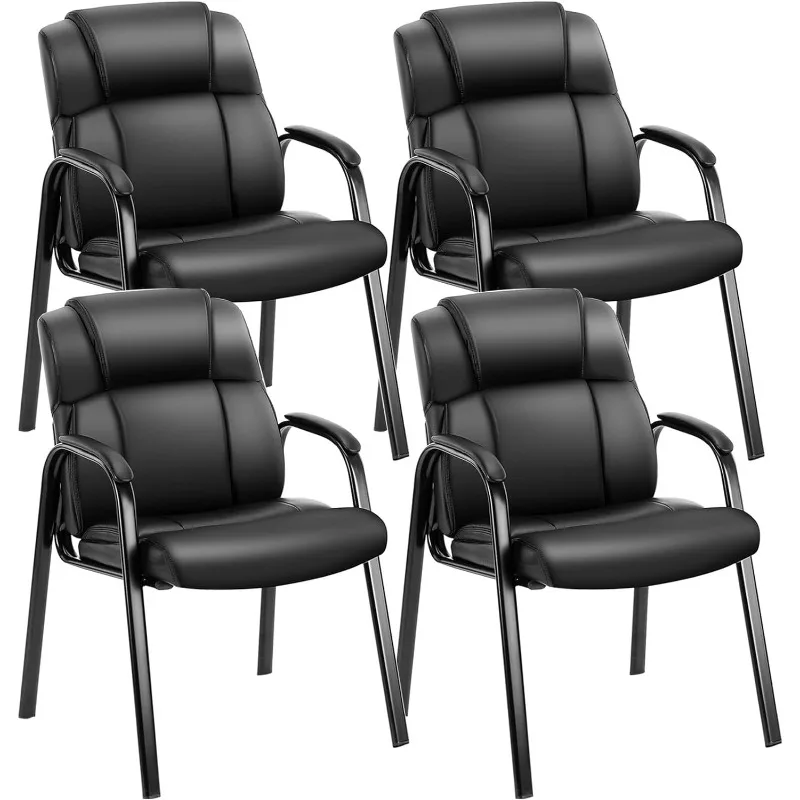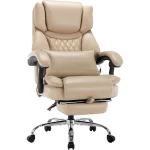Maintaining a clean and comfortable office chair is essential for productivity and well-being. With hours spent seated, the cleanliness of your workspace dramatically affects your overall health and focus. Over time, office chairs can accumulate dirt, dust, and bacteria, leading to unpleasant odors and health hazards. This article outlines the best practices for cleaning office chairs to ensure they not only look good but also contribute positively to your work environment.
Understanding Your Chair’s Material
Before diving into cleaning techniques, it’s crucial to recognize the various materials used in office chairs. The most common types include leather, fabric, mesh, and vinyl. Each material has its unique attributes and maintenance needs. For instance, leather chairs might require specific cleaners and conditioners to maintain their suppleness, while fabric chairs might need a different approach that focuses on deep cleaning and stain removal.
Knowing your chair’s material helps you select the appropriate cleaning products and methods. For leather, using a gentle leather conditioner alongside a pH-neutral cleaner can keep the material from drying out and cracking. Fabric chairs might benefit from steam cleaning or vacuuming combined with stain treatment products. Mesh chairs are easier to clean but can also harbor dust and debris, requiring regular upkeep. In short, take the time to identify your chair’s material so you can choose the right cleaning strategy, ensuring a longer lifespan for your investment.
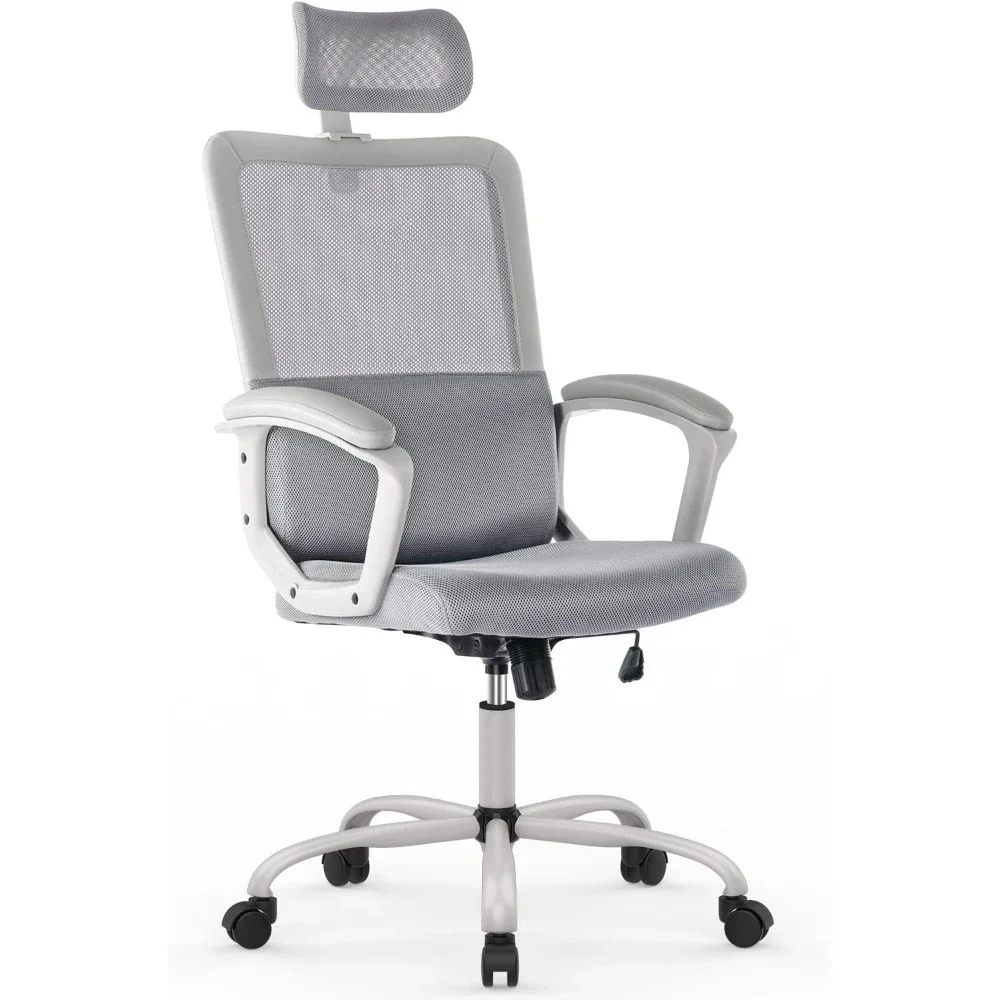
Essential Cleaning Supplies
Having the right cleaning supplies is essential to effectively clean your office chair without causing damage. Depending on your chair’s material, you might need various supplies. For fabric chairs, a vacuum with an upholstery attachment, cloths, and specialized fabric cleaner are indispensable. For leather chairs, microfiber cloths and a gentle leather cleaner or conditioner are crucial, whereas mesh chairs can usually be tackled with just a damp cloth and water.
Other supplies may include rubbing alcohol for disinfecting, a scrub brush for deeper dirt removal, and an all-purpose cleaner suitable for your chair’s material. Before cleaning, it’s a good practice to read the manufacturer’s guidelines to avoid products that could harm the material. Additionally, using gloves can protect your hands from harsh chemicals, and creating a checklist can make sure you don’t miss any critical steps in the cleaning process.
Preparing Your Chair for Cleaning
Preparation is critical before you start cleaning your office chair. First, move it away from your desk and other items to give yourself ample workspace. Detach any removable parts like cushions, armrests, or covers, if possible. This step enables comprehensive cleaning and allows access to areas that are often missed, such as beneath the seat or around the wheels.
Next, inspect your chair for any damage, such as frayed fabric, cracked leather, or broken components. Addressing these issues may require repairs or replacements before cleaning. Taking this time to prepare will not only enhance the effectiveness of your cleaning efforts but will also help you maintain the chair over the long haul. Preparation also includes gathering any required tools, such as a vacuum cleaner, damp cloths, and your chosen cleaning solution, ensuring everything is within reach.
Vacuuming and Dusting
Once your chair is prepped, begin the cleaning process by vacuuming and dusting. For fabric and mesh chairs, using a vacuum with an upholstery attachment will help remove dust, dirt, and allergens stuck to the surface. Focus on seams and corners where debris often accumulates. Remember to use an extension hose to get to hard-to-reach areas.
If your chair has any exposed hardware or materials, use a damp cloth to wipe them down, helping to remove grease and grime. For leather chairs, dust can accumulate quickly, so a gentle wipe with a microfiber cloth is often sufficient for maintenance between deep cleaning sessions. In addition, regularly dusting the chair prevents deeper grime build-up, making eventual cleaning easier and more effective.
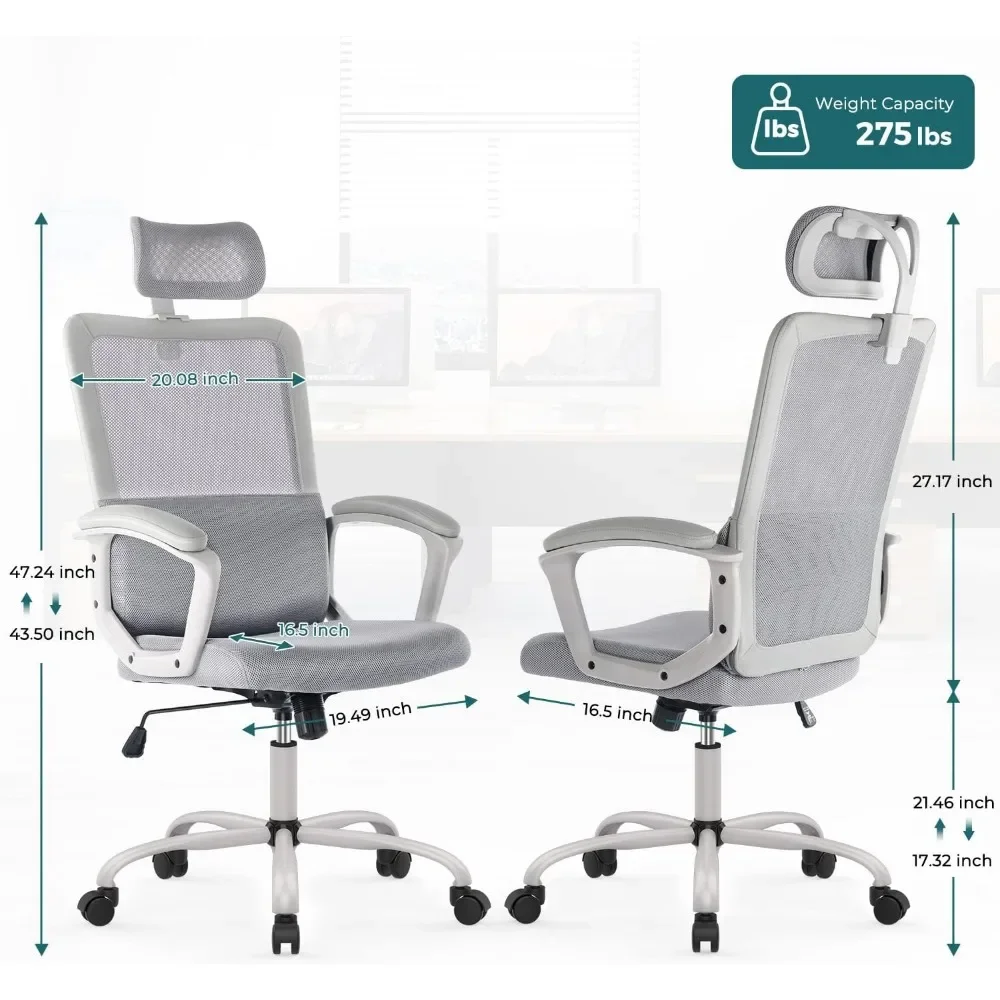
Spot Cleaning Stains and Spills
Accidents happen, and when they do, immediate action is often the best remedy. Addressing stains or spills as soon as they occur is critical for nearly all types of office chairs. Fabric chairs sometimes require special attention, especially with stains like coffee or ink. Use a fabric-safe cleaning product and dab the area without rubbing, which could spread the stain or damage the fibers.
For leather chairs, gently blot the affected area with a clean cloth and a suitable leather cleaner. Avoid overly wet cleaning materials, as excessive moisture can cause damage. If your chair has a removable cover, consult the care label for specific instructions—it might be washable or require dry cleaning.
Deep Cleaning Techniques for Different Materials
Deep cleaning is a vital part of office chair maintenance that can significantly prolong the chair’s life. Depending on the material, different techniques may apply. For fabric chairs, consider steam cleaning, which penetrates deep into the fibers to remove grime, allergens, and odors effectively. Ensure you follow the manufacturer’s recommendations during this process and use steam cleaning solutions designed for upholstery.
For leather office chairs, after an initial wipe down, you can use a leather cleaner to remove deeper grime. Once clean, applying a leather conditioner ensures that the material remains supple and does not crack over time. This maintenance step is crucial, especially in dry environments where leather can deteriorate quickly.
Treating Odors and Keeping Your Chair Fresh
Over time, odors can develop in office chairs—particularly those made of fabric or mesh—due to trapped sweat, food particles, and dust. To combat this issue, introduce regular deodorizing techniques into your cleaning regimen. Baking soda is an excellent natural deodorizer; sprinkling it on your chair and letting it sit for several hours before vacuuming can do wonders.
For fabric chairs, a commercial upholstery sanitizer can be helpful. Before use, ensure the product is safe for your specific material. Spraying it lightly and allowing it to air dry can help neutralize odors without the need for excessive scrubbing. Leather chairs can be wiped down with a mixture of warm water and white vinegar to combat odors while cleaning the surface.
Regular Maintenance Practices
Maintaining a clean office chair is not a one-time event; rather, it requires a committed routine. Regular maintenance practices can go a long way in ensuring the longevity and comfort of your chair. Depending on usage, consider setting a cleaning schedule—daily, weekly, or monthly—to tackle routine tasks.
For daily maintenance, simply take a moment to wipe down the chair’s surfaces and ensure debris isn’t accumulating. Weekly, conduct a thorough cleaning, including dusting and vacuuming, to combat the build-up of dirt. Monthly, give your chair a deep clean, inspecting for any signs of damage or wear while also treating it with conditioners for appropriate materials.
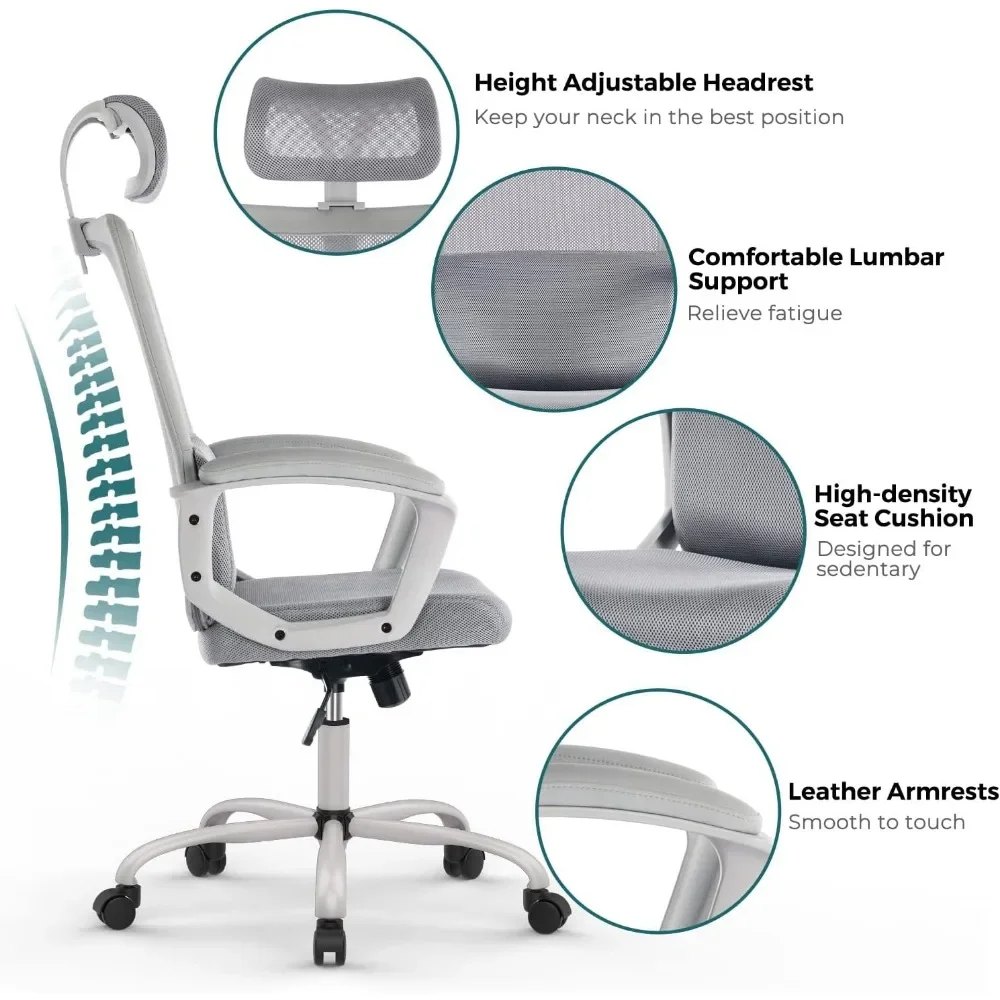
When to Consult a Professional
While many cleaning tasks can be managed personally, there are circumstances where consulting a professional is advisable. If your office chair is particularly expensive or has unique materials, seeking expert advice or service may protect your investment. Professional upholstery cleaners have specialized tools and knowledge, far beyond what most individuals have at hand.
If you’re experiencing persistent stains, strong odors, or other problems that regular cleaning can’t resolve, it may also be time to call in a professional. They can assess the damage and determine the best course of action, whether that’s deep cleaning, specialized treatments, or even repairs.
Conclusion: Investing Time for Comfort and Health
Investing time into maintaining a clean office chair pays off in various ways. Not only does it improve your workspace’s appearance, but it also contributes to your physical health and overall productivity. By understanding your chair’s material, using the right tools, preparing adequately, and following a regular maintenance schedule, you will prolong the lifespan of your office chair.
Cleaning your office chair helps in creating a happier, healthier work environment that supports productivity. It enables you to sit comfortably for extended periods, reducing the risks associated with prolonged sitting. Remember, a clean workspace is not just about aesthetics; it’s about fostering a space where you can work efficiently and comfortably. So, arm yourself with knowledge and the right tools, and set forth on the rewarding journey to clean and maintain your office chair effectively.
